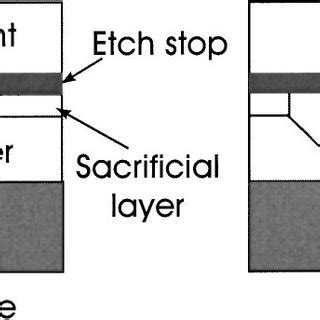
PCB Assembly Blog
-
What is outer layer etching?
Posted by
–
 Read more: What is outer layer etching?
Read more: What is outer layer etching?The Importance of Outer layer etching in PCB Manufacturing Outer layer etching plays a vital role in the production of high-quality PCBs. Some of the key reasons why this process is so important include: Creating electrical connections: Outer layer etching allows for the creation of precise electrical connections between components […]
-
Electroless copper deposition
Posted by
–
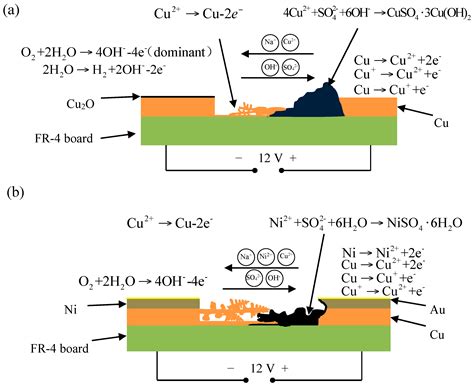 Read more: Electroless copper deposition
Read more: Electroless copper depositionIntroduction to Electroless Cu Plating Electroless copper (Cu) deposition is a chemical process that deposits a layer of copper onto a substrate without the use of external electrical power. It relies on the autocatalytic reduction of copper ions in an aqueous solution containing a reducing agent. Electroless Cu plating has […]
-
Basic PCB Parameters Section
Posted by
–
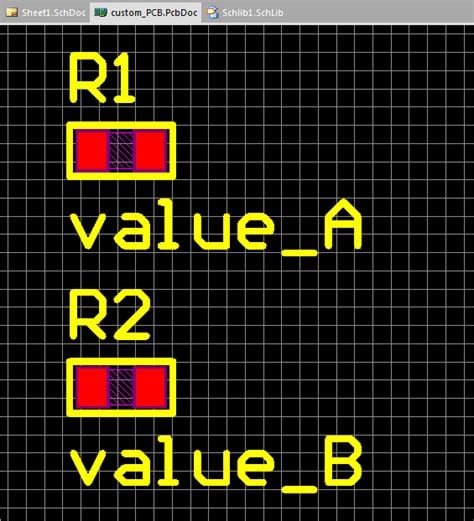 Read more: Basic PCB Parameters Section
Read more: Basic PCB Parameters SectionIntroduction to PCB Parameters Printed Circuit Boards (PCBs) are the backbone of modern electronics. They provide a platform for mounting and interconnecting electronic components, enabling the creation of complex circuits and systems. To ensure that a PCB functions as intended, it is crucial to understand and control the various parameters […]
-
What is Edge Connector Bevelling?
Posted by
–
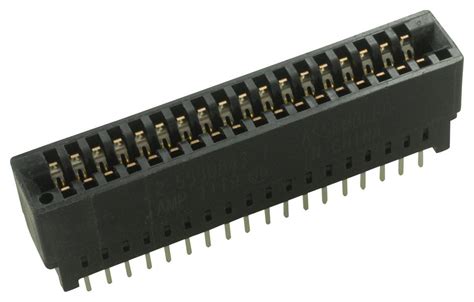 Read more: What is Edge Connector Bevelling?
Read more: What is Edge Connector Bevelling?Introduction to Edge Connector Bevelling Edge connector bevelling is a manufacturing process used to create angled or sloped edges on the ends of printed circuit boards (PCBs). The bevelled edges allow the PCB to be inserted into a mating connector at an angle, providing a secure and reliable electrical connection. […]
-
PCB ASSEMBLY SERVICES
Posted by
–
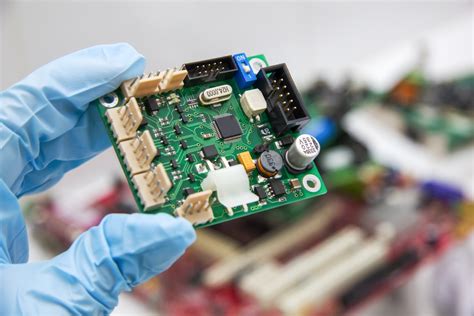 Read more: PCB ASSEMBLY SERVICES
Read more: PCB ASSEMBLY SERVICESWhat is PCB Assembly? PCB assembly is the process of attaching electronic components to a printed circuit board (PCB) to create a functional printed circuit assembly (PCA). The PCB serves as the base on which the components are mounted and the interconnections between components are made. The components are attached […]
-
PCB & Assembly Services – PCB Proto
Posted by
–
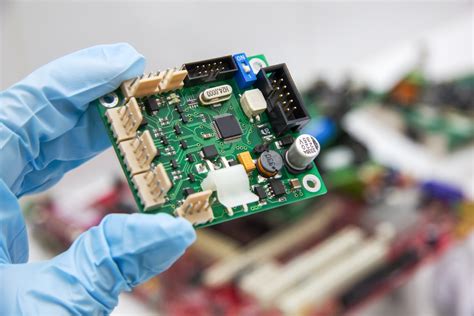 Read more: PCB & Assembly Services – PCB Proto
Read more: PCB & Assembly Services – PCB ProtoWhat is PCB Assembly? PCB assembly is the process of attaching electronic components onto a printed circuit board to create a functional electronic device. The process involves several steps, including: Solder Paste Application Component Placement Reflow Soldering Inspection and Testing Solder Paste Application The first step in PCB assembly is […]
-
What is the Board Thickness?
Posted by
–
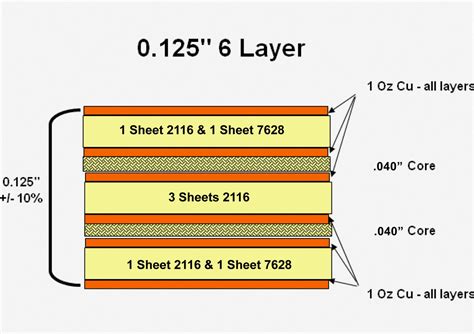 Read more: What is the Board Thickness?
Read more: What is the Board Thickness?Why Does Board Thickness Matter? The thickness of a board directly affects its performance and suitability for various applications. Here are some key reasons why board thickness matters: Strength and Durability Thicker boards are generally stronger and more durable than thinner ones. They can withstand greater loads, resist bending and […]
-
What is PCB Microsections
Posted by
–
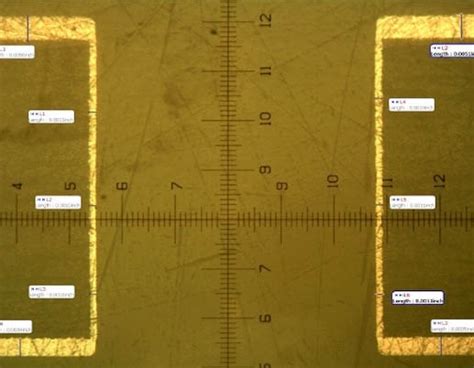 Read more: What is PCB Microsections
Read more: What is PCB MicrosectionsThe Importance of PCB Microsections PCB microsections play a crucial role in the electronics industry, as they help manufacturers and engineers to: Verify the quality of the PCB-Assembly.com/?p=2190″>PCB Manufacturing process Identify potential defects and failure points Ensure that the PCB meets the required specifications and standards Troubleshoot and analyze PCB […]
-
What are mechanical layers in PCB?
Posted by
–
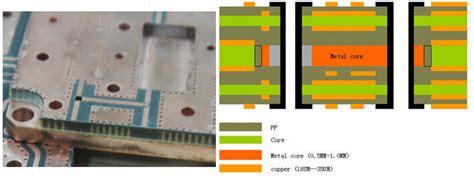 Read more: What are mechanical layers in PCB?
Read more: What are mechanical layers in PCB?Introduction to PCB Mechanical Layers Printed Circuit Boards (PCBs) are essential components in modern electronic devices. They provide a platform for mounting and interconnecting various electronic components, enabling the functioning of complex circuits. While the electrical aspects of PCBs often receive the most attention, the mechanical layers play a crucial […]
-
What are Gerber Formats
Posted by
–
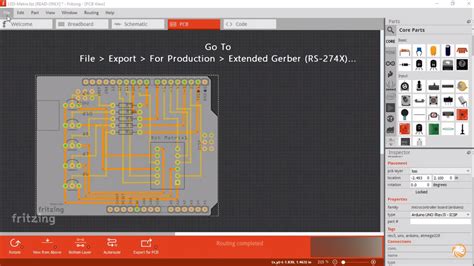 Read more: What are Gerber Formats
Read more: What are Gerber FormatsTypes of Gerber Formats There are several types of Gerber formats, each serving a specific purpose in the PCB design and manufacturing process: RS-274-D RS-274-D, also known as Gerber D-Code format, is the oldest and most basic Gerber format. It uses a simple ASCII format to describe the PCB layout, […]




